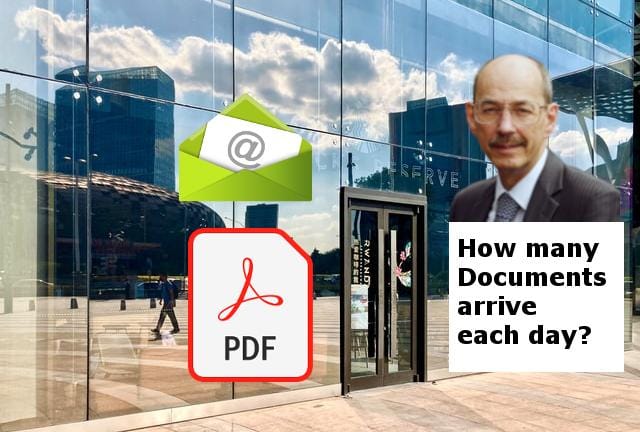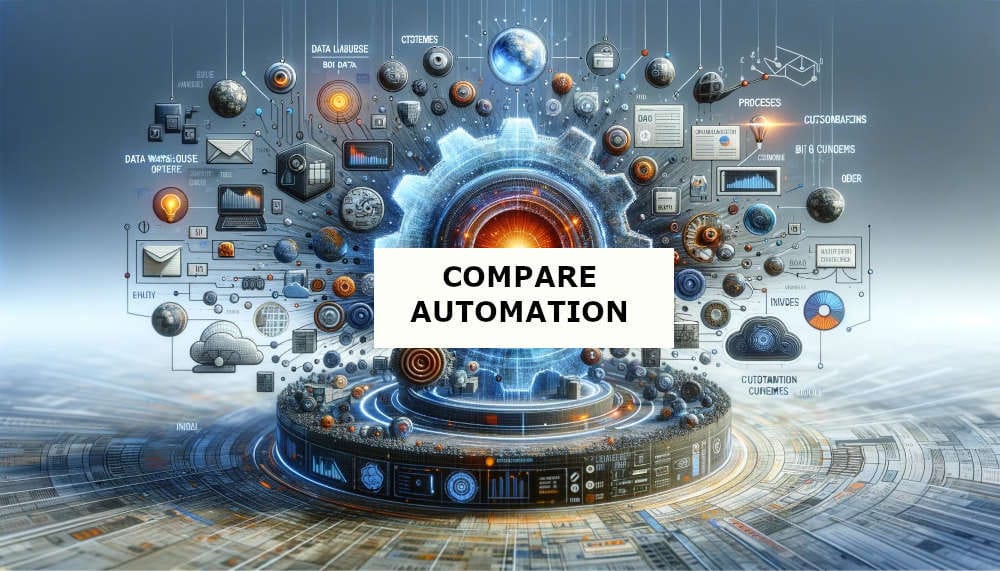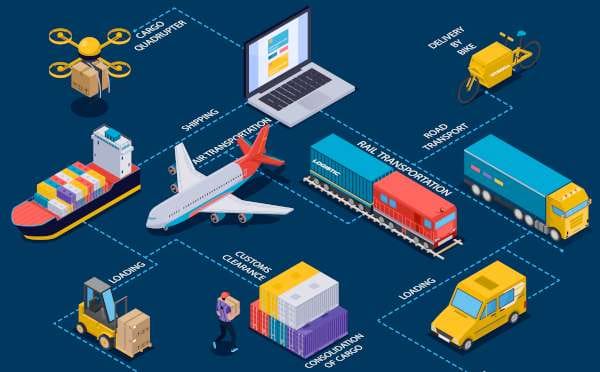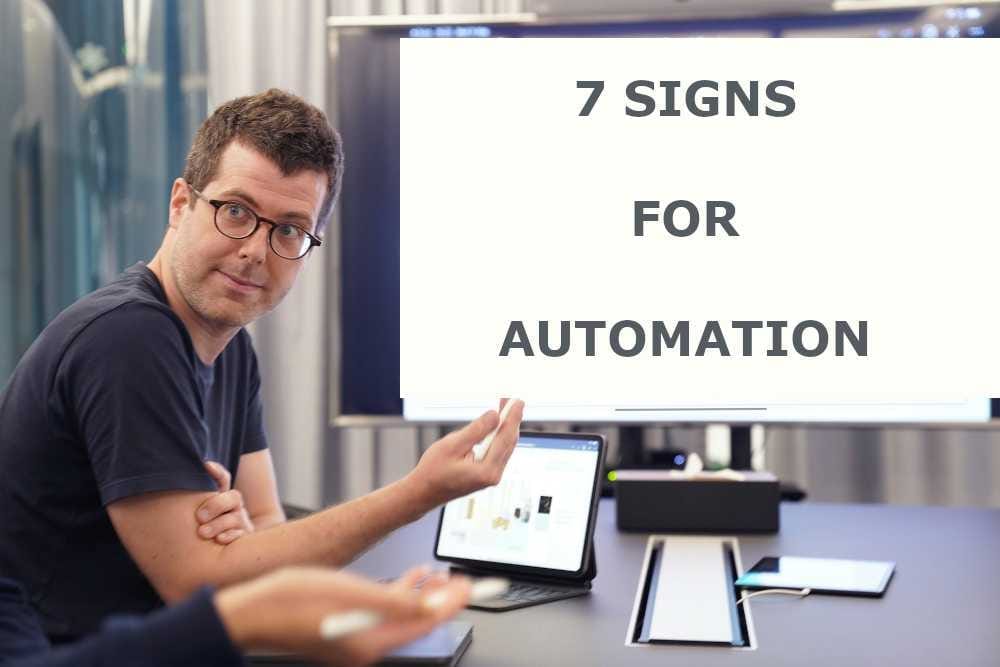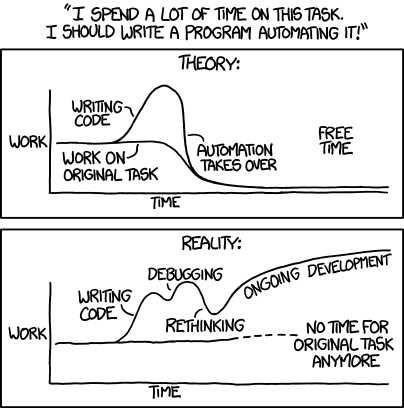
Alibaba 996 – Digital Worker 247
Jack Ma the founder of AliBaba made the news recently with his support for 996 work ethic. Twelve hours a day for six days a week. I suspect that there are many people in small businesses who recognise those hours.
Is it really necessary for people to work at that level in order to succeed?
In business operations robots are used on manufacturing production lines and found moving goods around warehouses. Such automated solutions are often working 24 hours a day in order to justify the high capital costs involved in creating the facilities.
In office environments, the use of Robotic Process Automation (RPA) sometimes together with Optical Character Recognition (OCR) and Artificial Intelligence (AI) provides the ability to create “Digital Workers” (also known as Software Robots).
Digital Workers can work 24 hours a day, 7 days a week. They do not need breaks, they do not get stressed or exhibit any other human factors.
Digital Workers can take the repetitive activity away from people who spend time working at computers, freeing them to do more human activity. Of course, having Digital Workers available 247 does not mean that there is work for them to do every minute of the day. Once the capacity is created it can be utilised, there are often consistency checking tasks that would never be the top priority for a person, but a robot could usefully do the tasks in the “Spare” time.
By effectively using Digital Workers, UK business will be able to compete in terms of productivity and quality using a more traditional “955” with any business asking people to accept “996” work patterns anywhere in the world.
Digital Workers could be scheduled to start processing when staff leave the office and stop when staff arrive the next morning, or they could be used to process throughout the day with staff handing off tasks to them as appropriate to the business process. These arrangements are often called “Attended” and “Un-Attended”. This distinction is often reflected in the licence requirements for Robotic Process Automation software. Each Digital Worker is effectively a definition of a software robot, often called a “Bot” or a “Robotic process automation bot”, which is one instance of the software being used. When there are opportunities for the work to be undertaken as parallel activities, it is easy to think of a “Team of Bots” being deployed.
Traditionally businesses have organised work and allocated a person to a “Job”. The skills and experience of the person have determined how effectively the “Job” can be completed. Depending upon the overall workload a business would need to engage or release people to match levels of work. This need for flexibility has given rise to the “Gig” economy. In situations where a Digital Worker can be used to undertake the variable levels of work, it is much easier to scale up and scale down the “Robotic process automation bots” than it is people, who by the very nature of the “Gig” economy could be busy with other work at the point any individual business may require them. The classic example being the “Christmas” period, when many businesses are experience additional workload and are all looking for additional workers at the same time.
The “Gig” economy has become famous for “Zero Hours” contracts which is at the opposite end of the spectrum from Alibaba’s 996, 72 hour working week. Clearly there is effort involved in creating Digital Workers using enterprise robotic process automation software, plus any additional “Intelligence” functionality. Once the creation work is complete, it is relatively simple to “Clone” the Digital Worker and then implement the orchestration so that an effective team of software robots is available. The Digital Workers stay with the business, so keeping them ready on “Zero Hours” until the work is required, or deploying them for 72 hours, or even the full 247 operation, is effectively achieved for the same cost. This level of flexibility could be a major benefit to any business where the workload fluctuates.
In the global economy, the potential available from Digital Workers can be viewed as an opportunity to be embraced rather than as a threat to the jobs of individuals. In fact, the threat to jobs is more likely to come from another part of the world.
If you don’t like the idea of Jack Ma’s 996 approach for a workforce but want to ensure your business can compete in terms of productivity, please contact us to discuss the potential for Digital Workers.


